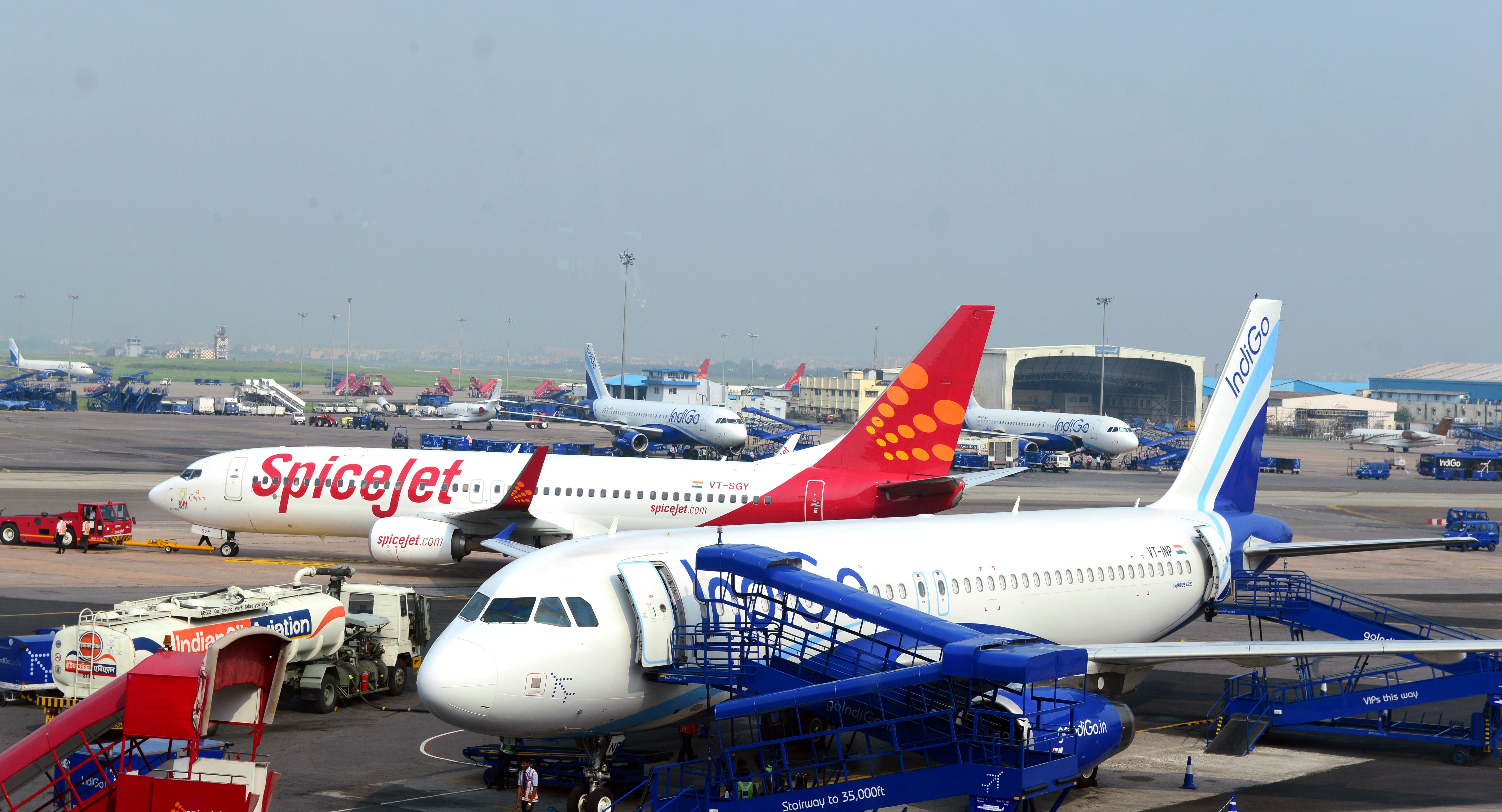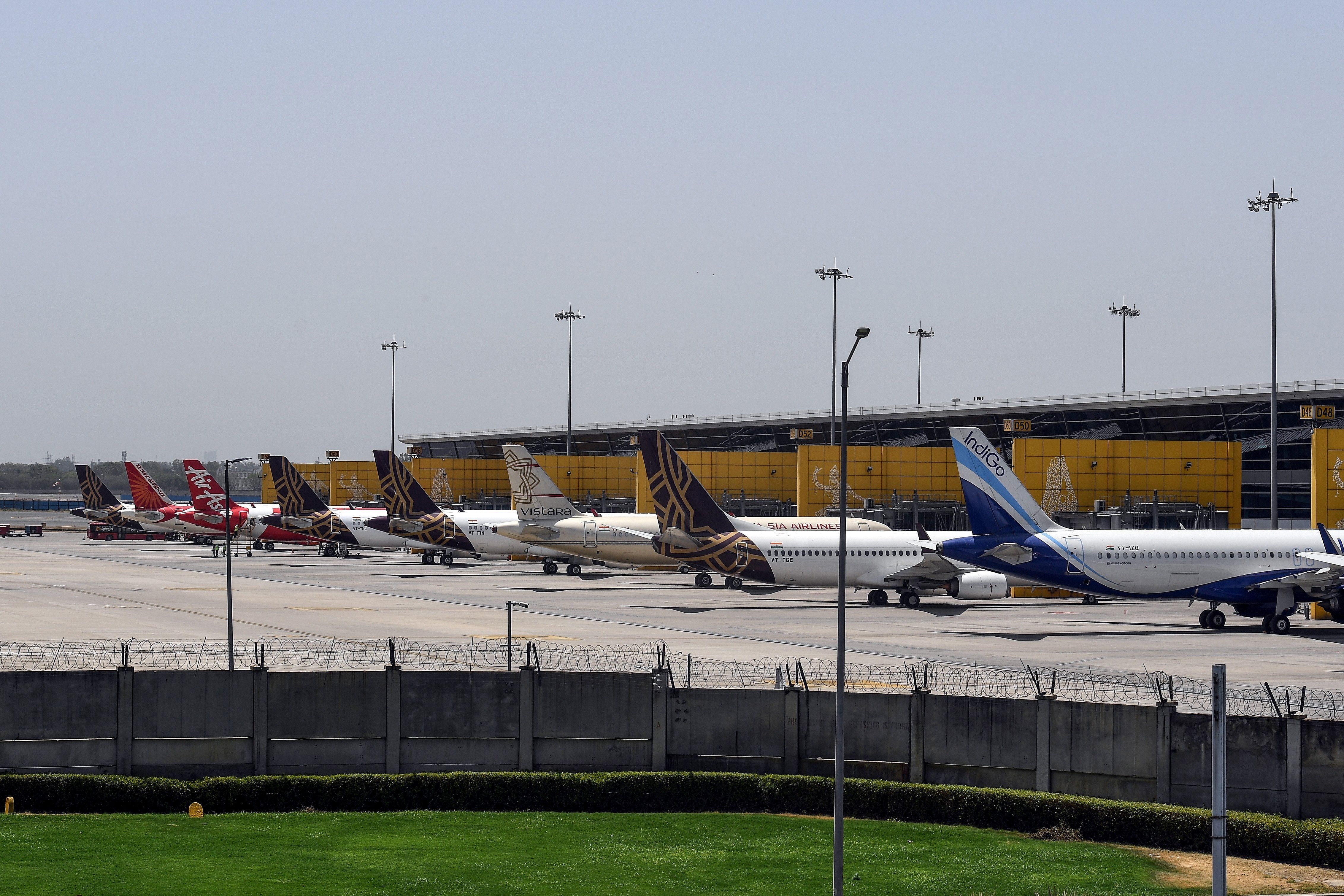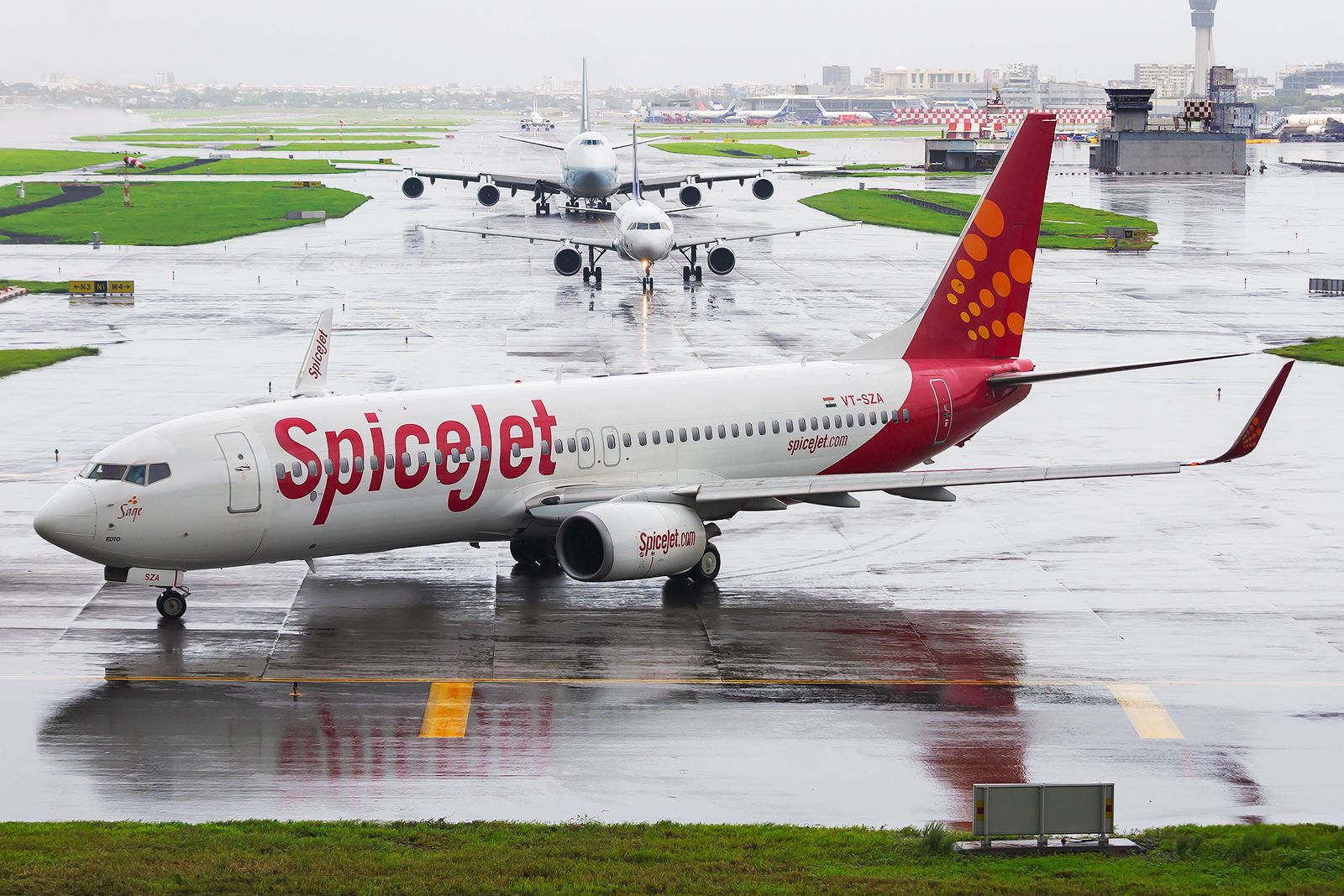The Directorate General of Civil Aviation (DGCA) in India said it has started a two-month special audit of all Indian airlines. This comes less than a week after the aviation watchdog conducted spot checks and found airline staff not adhering to laid down safety guidelines and standard procedures. The special audit aims to conduct a detailed inspection of airline facilities and equipment.
The regulator wants to check everything, from the availability of trained, experienced, and authorized staff to the maintenance record-keeping of all aircraft. The following two months will be pretty busy for the DGCA, but hopefully, something good comes out of it. Let’s take a closer look at the events leading up to the special audit.
Airlines called out
The number of safety-related incidents have significantly risen among Indian airlines, and the country’s aviation watchdog isn’t going to let such occurrences go unchecked. In an order dated July 18th, the DGCA highlighted the rise in such cases and identified a few probable causes after conducting spot checks.
Engineers improperly identifying the cause of a reported defect, increasing MEL releases, and short-staffing of qualified personnel to cater to high traffic, were the main reasons for the recent rise in safety incidents. MEL or Minimum Equipment List release refers to when an aircraft is authorized for flight even with inoperative equipment as long as said equipment does not render the airplane unairworthy.
Among other things, the DGCA also found that airlines were letting Category A staff certify and release planes at transit stations, which isn’t in line with regulations. Transit stations, like airline hubs, should have Category B1/B2 engineers present to ensure only entirely safe airframes are certified and released.
Rise in safety-related incidents
The DGCA’s decision to conduct a special audit of all Indian airlines is a step in the right direction. As India is set to remain the largest growing aviation market for the next two decades, passengers deserve a safe airline industry. However, the trend has been going against the DGCA’s wishes.
Just last week, pilots on an Air India Express flight discovered a bird in the cockpit while flying at 37,000 ft. Around the same time, an IndiGo flight going from Sharjah to Hyderabad was diverted to Karachi in Pakistan following a technical defect.
Several SpiceJet flights have also been plagued with engineering-related safety issues in the last few weeks. The low-cost carrier reported eight such incidents in the previous ten weeks, prompting the DGCA to issue a show-cause notice earlier this month. As Simple Flying reported, the airline’s cash crunch has forced it to fly with MELs, something the DGCA has condemned on more occasions than one.
Discover more aviation news with Simple Flying.
Déjà vu
Back in 2020, the DGCA said it was conducting a similar audit of all Indian airlines. That development came after the tragic crash of Air India Express flight 1344. Therefore, it is heartening to see the Indian aviation watchdog not wait for another major incident before giving airlines a refresher course in aviation safety.
What do you make of aviation safety among Indian airlines? Please, let us know your thoughts in the comments.



